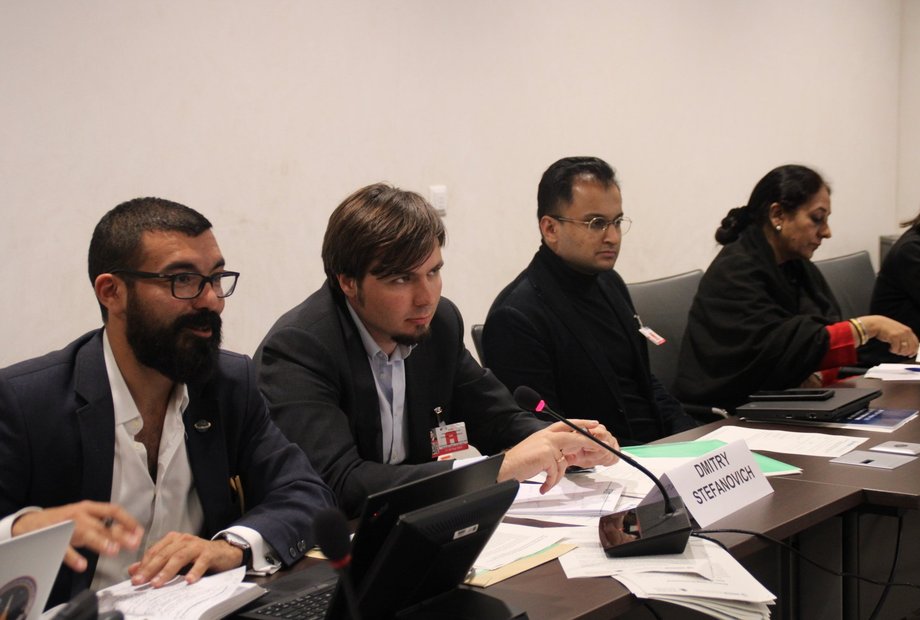On September 19, 2019, United Nations Institute For Disarmament Research (UNIDIR) and United Nations Office for Disarmament Affairs (UNODA) hosted a tabletop exercise on hypersonic weapons to better understand their impact on stability, decision-making and international security and generally raise awareness on this topic. IFSH Visiting Research Fellow Dmitry Stefanovich acted as a consultant and facilitator for the exercise to establish exercise scenarios, contribute to exercise coordination and provide a “primer” on hypersonic weapons technology and development. Representatives from the National Missions as well as renowned experts in the field formed several teams and ran two scenarios dealing with conflicts between fictional powers.
Most participants agreed that exercise was useful. One of the important takeaways is that hypersonic weapons cannot be the source of the crisis, but can alter its dynamics. However, as long as traditional weapons (e.g. subsonic land-attack cruise missiles) successfully fulfill the missions that otherwise may be preserved for hypersonic weapons, decision-makers may stick to regular tools of war. Nevertheless, hypersonic weapons are sometimes seen as a useful (yet dangerous) means of signaling, somehow standing between ordinary conventional and nuclear weapons.
The report with detailed account of the exercise and its takeaways is available on the UNIDIR website: https://www.unidir.org/publication/implications-hypersonic-weapons-international-stability-and-arms-control-report-unidir





